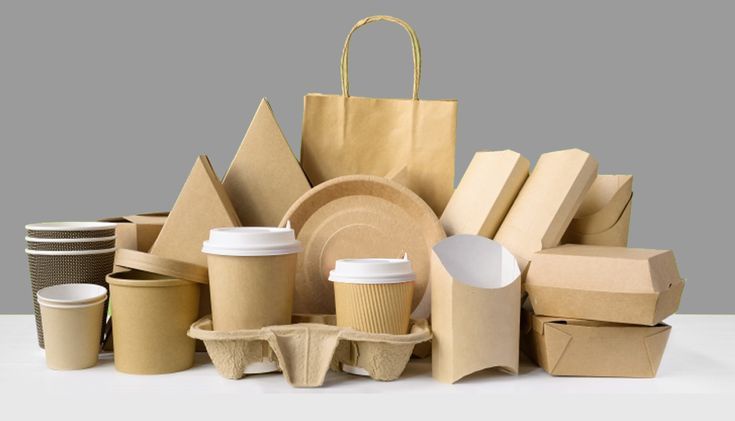Food packaging is an integral part of our daily lives, providing protection, convenience, and information about the products we consume. It plays a crucial role in preserving the quality and safety of food items, extending their shelf life, and ensuring they reach consumers in optimal condition. Over the years, food packaging has seen significant advancements, driven by changing consumer demands, technological innovations, and growing environmental concerns.
1. Convenience and Safety: The Early Years
In ancient times, food packaging primarily served the purpose of carrying and storing food for ease of transportation. Early civilizations used natural materials like leaves, animal skins, and clay pots to keep their food fresh and safe from contaminants. As societies advanced, so did packaging techniques. The development of glass bottles, metal cans, and waxed paper marked significant milestones in food packaging during the industrial era, making it easier for people to buy, transport, and store food.
2. The Rise of Plastics and Mass Production
The mid-20th century saw a revolution in food packaging with the introduction of plastic materials such as polyethylene and polypropylene. Plastics offered exceptional flexibility and versatility, leading to a wide range of packaging designs and shapes. This, coupled with mass production techniques, brought down packaging costs significantly, making packaged food more accessible to the general public.
3. The Era of Convenience and Portability
As lifestyles became busier, convenience and portability became paramount for consumers. Ready-to-eat meals, microwaveable packaging, and single-serving containers gained popularity. Packaging innovations like vacuum sealing and modified atmosphere packaging (MAP) helped extend the shelf life of perishable foods, reducing food waste and increasing accessibility.
4. Sustainable Packaging: A Growing Imperative
While convenience and portability were driving factors in food packaging, concerns about the environmental impact of packaging waste started to emerge. Plastic pollution, in particular, became a significant global problem. Consumers, advocacy groups, and governments began pushing for more sustainable alternatives.
5. A Shift Towards Sustainability
To address the growing concerns, the food industry began exploring eco-friendly and sustainable packaging options. Biodegradable materials like plant-based plastics (bioplastics), compostable packaging, and paper-based solutions gained traction. These materials offer similar functionality to traditional plastics but have a lower impact on the environment.
Additionally, companies started reducing the amount of packaging used in their products and incorporated recycling symbols to promote proper disposal. Consumers' preference for brands with sustainable packaging practices further encouraged companies to adopt greener alternatives.
6. Technological Innovations and Smart Packaging
The 21st century brought about technological advancements in food packaging, leading to the rise of smart packaging. Smart packaging includes features such as time-temperature indicators, freshness sensors, and even interactive elements like QR codes or augmented reality (AR) experiences. These innovations help consumers make informed decisions about the quality and safety of the products they purchase.
7. The Role of Regulations
Governments worldwide have recognized the urgency of addressing packaging waste and its impact on the environment. As a result, many countries have implemented regulations aimed at reducing single-use plastics, encouraging recycling, and promoting sustainable packaging practices. These regulations have been instrumental in driving innovation and pushing the industry toward more eco-friendly solutions.
8. The Future of Food Packaging
Looking ahead, the future of food packaging lies in a balance between convenience and sustainability. Advancements in materials science and packaging technology will continue to offer innovative solutions that reduce environmental impact while maintaining the necessary functionalities of packaging.
We can expect to see more biodegradable and compostable materials, reusable packaging models, and creative designs that minimize waste. Additionally, technologies like blockchain may be integrated into the packaging to provide consumers with transparent information about the supply chain, ensuring the authenticity and safety of the products they buy.
"Embrace sustainability with us! Choose eco-friendly best food packaging company for a greener tomorrow"
Conclusion
Food packaging has come a long way from its humble beginnings as a means of simple transportation. It has evolved to become an indispensable part of modern life, providing us with convenience, safety, and information. However, with growing environmental concerns, the focus has shifted toward sustainability and responsible packaging practices.
As consumers, we hold the power to drive change by supporting companies that prioritize sustainable packaging and recycling. By making conscious choices and advocating for more eco-friendly alternatives, we can pave the way for a future where food packaging not only serves its functional purposes but also contributes to a healthier planet.


No comments yet